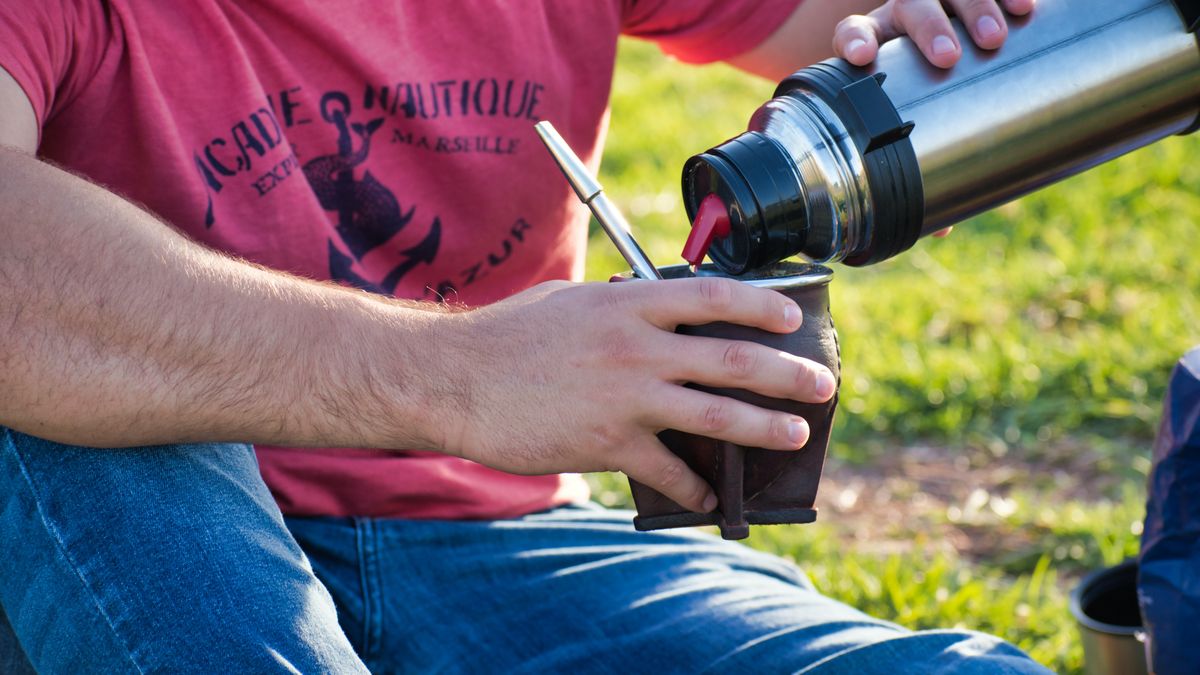Five servings of fruit and vegetables a day – this dietary rule has become firmly ingrained in many people. But it’s not quite that simple. If you take a closer look at the rule of thumb, you will quickly see that the German Society for Nutrition (DGE) recommends significantly more vegetables than fruit. The reason: Although berries, apples and pears provide valuable vitamins, fiber and nutrients, there is also a lot of sugar in fruit.
But if you eat an apple as a snack instead of a biscuit, you can be reassured that reaching for fruit is the better choice. The DGE recommends two servings of fruit a day, which is about 250 grams. To estimate how big a portion is, you can use your own hand as a unit of measurement. A serving of fruit is, for example, an apple or two handfuls of raspberries. The contained fruit sugar, the so-called fructose, is different from what was thought for a long time, no better than ordinary table sugar (sucrose).
What many people may not know is that fruit not only contains fructose, but also dextrose. The composition is the same as that of household sugar, which also consists of fructose and glucose. For a long time, however, fructose was considered a healthy sweetener because it does not require insulin to be metabolized. It was even recommended to diabetics, explains nutritionist Dagmar von Cramm on YouTube. Small parts of fructose are metabolized in the muscles, but the liver does most of the work. The organ converts fructose into glycogen.
Fructose – risk of fatty liver
It becomes problematic when too much fructose is ingested, explains sports physician Ingo Froboese. In a YouTube video he says: “Fructose builds up. The liver can no longer process the fructose. There is only one solution for the liver – it converts the fructose directly into fat.” The danger here is that the liver becomes fatty and fatty liver occurs. So you shouldn’t eat too much fructose. However, this is not only found in fruits, but is used in all kinds of processed foods. For example in lemonades or biscuits. Froboese recommends: “Fruit sugar should best be ingested through fruit.” With processed products, consumers should look at the list of ingredients and avoid products with fructose.
But there are also big differences in the sugar content of the fruit. Bananas, for example, are a real sugar bomb with 18.4 grams of sugar per 100 grams. Soft fruit, such as blueberries, on the other hand, contains very little sugar (7.4 grams of sugar per 100 grams). If you want to eat a low-sugar diet, it is better to replace the banana with berries in your morning muesli. Incidentally, the World Health Organization recommends consuming no more than 25 to 50 grams of sugar per day. On average, Germans eat around 89 grams of sugar per day.
Sources: , , , , , , ,
Source: Stern




